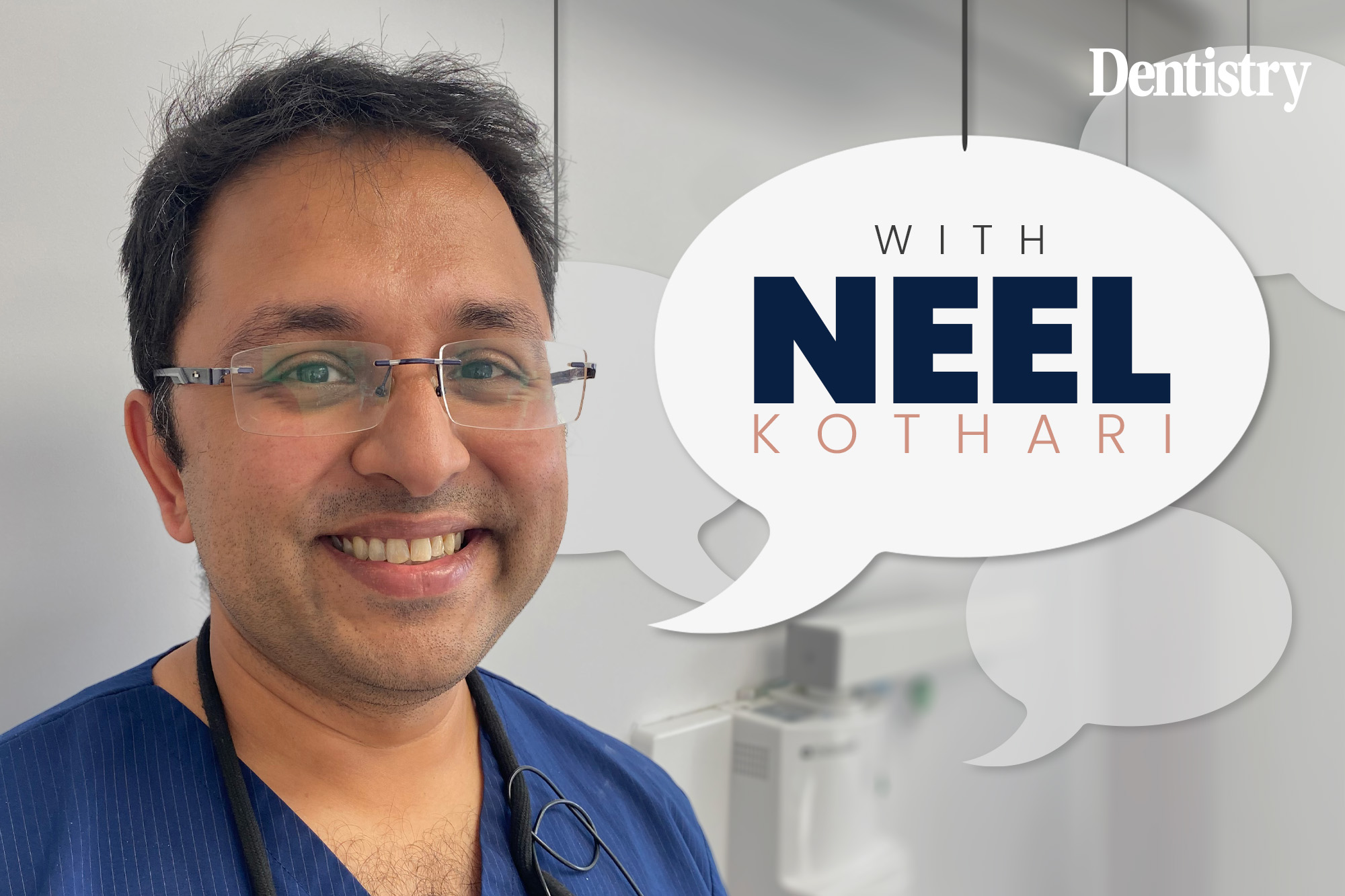
Neel Kothari analyses changing approaches to safeguarding – is dental non-attendance a sign of a child at risk?
Over the years, the safeguarding of vulnerable patients has played a significant role in healthcare. It goes without saying that clinicians have a moral obligation to raise concerns as and when they arise.
In the main, this has involved healthcare professionals acting on clinical findings or suspicions of disturbing activity. And subsequently, ensuring that the patient’s welfare is considered paramount by raising this as a concern.
More recently, there has been a move to designate failed appointments of children and young people as ‘was not brought’ (WNB) instead of ‘did not attend’. The overall pathway leads to raising a safeguarding concern with the patient’s GP for parents who fail to reply.
Seemingly innocuous, the logical underpinnings differ from what has come before. It now involves acting on an omission as opposed to an observation. While it’s true patients who are a safeguarding concern may not attend dental visits, it doesn’t necessarily follow that all those who don’t attend are concerns. This draws an important distinction between primary and secondary care.
The WNB pathway originates from secondary care and can be found within the safeguarding policies of many different NHS trusts. This no doubt led to the profession adopting it and forming its own pathways.
Not a natural fit
While aptly suited for secondary care, in my opinion the policy isn’t a natural fit for primary care dentistry. There is a wide range of cultural and societal norms regarding when or if at all members of the public opt to see a dentist.
This distinction matters because there are obligations in place for what is deemed to be ‘necessary treatment’. These are set out in UN Convention Rights of the Child (1989).
It would logically follow that dentistry falls within this. However, I think we can surmise that there is no consensus amongst the public that it does. This makes it far more likely that parents referred for safeguarding concerns may see this act as overly interfering. This could lead to an adversarial future relationship.
It is noteworthy that there are no legal obligations compelling parents to bring in children for routine dentistry. Despite our personal convictions, it is and always has been a choice that many parents have opted to take up.
Perhaps this is a small price to pay, but if patients feel that they cannot trust dentists, this could have wider unintended consequences. For example, in obtaining medical histories, enquiring about sugar intake, smoking/alcohol/drug use etc.
A scenario posed by my associate was: ‘What about a family with high caries risk who repeatedly fail to attend?’
While this is a compelling point, the alternative would be: ‘What if they opted not to attend at all?’
The counterargument is of course that that non-engagement with professionals is found to be a strong feature in domestic abuse, serious neglect and physical abuse of children and family members (Working Together 2018). It stands to reason that early identification is essential for risk assessment.
Detecting risk
So how do we differentiate between decent, hard-working parents who may hold differing views to us regarding the need for dental visits and those whose actions place children at risk? In my opinion, this is a far harder question than it sounds.
The cessation of school visits has meant that some of the most vulnerable in society can evade early detection. These cases often slip through the cracks. Research shows that 6.5 million children (House of Commons, 2023) have missed out on annual NHS check-ups this year. During a cost of living crisis and an underfunded NHS dental system that shows no signs of improvement, this is unlikely to change in the near future.
In my opinion, the WNB pathway is a well-intentioned guide. However, it was never intended for primary dental care, where the link between failed dental appointments and neglect is less clear cut.
It also seems unfair that families who never attend evade this pathway as we hold no data on them. I’m not suggesting retributive action for the latter, but am highlighting that this policy is unlikely to be in sync with public opinion. Copying and pasting it from secondary care lacks the nuance required for our sector, which is accessed by the public for different reasons.
Put simply, it’s my opinion that associating dental attendance with safeguarding is a step too far within primary care dentistry.
Follow Dentistry.co.uk on Instagram to keep up with all the latest dental news and trends.


